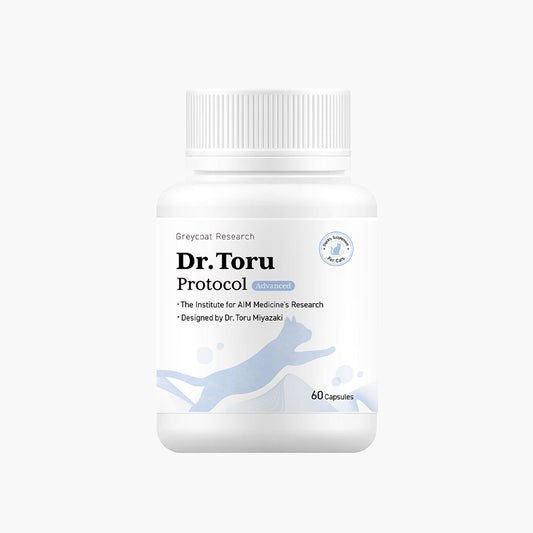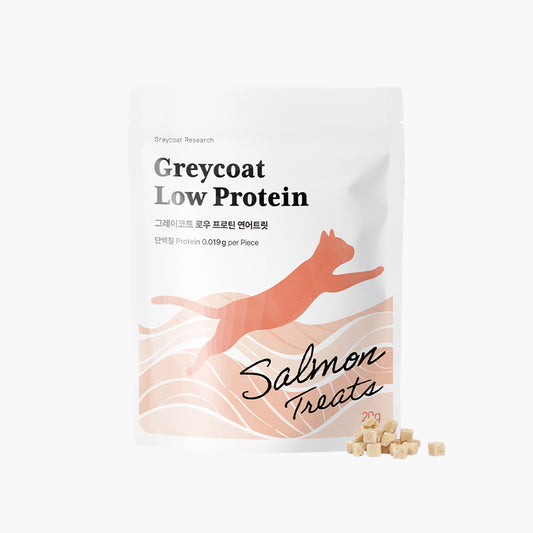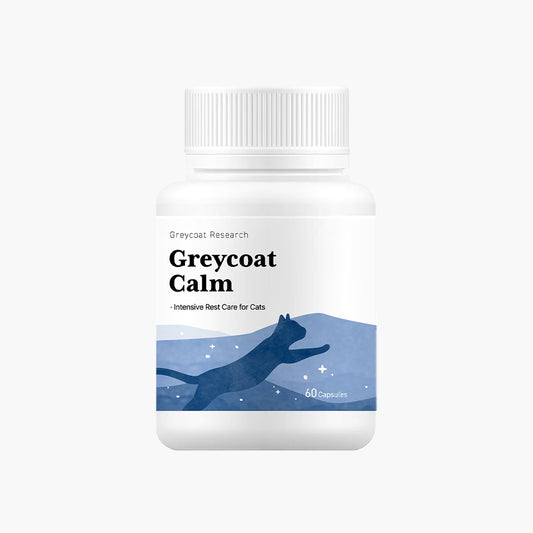
Understanding Feline Obesity and Inflammation
How Weight Management Supports Kidney and Cellular Health
Obesity in cats is more than just a matter of appearance. It can quietly trigger systemic inflammation that affects major organs such as the kidneys, pancreas, and heart. Recent studies estimate that over sixty percent of cats worldwide are overweight — a figure that continues to rise each year.
Recognizing the Signs of Obesity
From above, an ideal feline body shape should look slightly oval, with a visible waistline near the abdomen. If your cat’s waistline begins to disappear and the body takes on a rounder shape, it may indicate early-stage obesity.
While the change might seem subtle, the physiological effects are not. Excess body fat can disrupt lipid metabolism and elevate inflammatory markers throughout the body. Over time, this places added strain on organs responsible for detoxification and energy balance — particularly the kidneys and heart.
How Guardians Can Help
Obesity develops gradually, but small adjustments in daily routines can make a lasting difference.
1. Encourage Gentle Exercise
Play with your cat for at least ten minutes each day using toys that promote light chasing or movement. Regular play helps maintain both muscle tone and emotional health.
2. Practice Controlled Feeding
Instead of leaving food out all day, offer measured meals at scheduled times — ideally two to three times daily. Structured feeding supports a stable metabolism and helps regulate appetite.
3. Keep Treats Minimal
Even the most irresistible cats need moderation. Offer small treats sparingly and opt for low-protein, low-sodium options suitable for kidney care when possible.
Supporting Cellular Balance
Obesity and inflammation are closely linked. As fat accumulation increases, inflammatory signals circulate throughout the body, influencing everything from kidney filtration to immune response.
That is why Greycoat Research developed Intensive Protocol, a daily supplement designed to support cellular energy and help regulate the body’s natural inflammatory balance. By targeting cellular function rather than focusing solely on symptoms, this approach provides a more comprehensive foundation for long-term health — particularly in cats managing early signs of kidney strain or metabolic imbalance.
The Takeaway
Preventing feline obesity is not about restriction but restoration — restoring balance, activity, and cellular vitality. By focusing on structured nutrition, play, and inflammation management, cat guardians can protect their companions from the silent effects of weight gain and inflammation.
At Greycoat Research, our mission is to help cats live longer, healthier lives through evidence-based nutritional care and cellular support.






